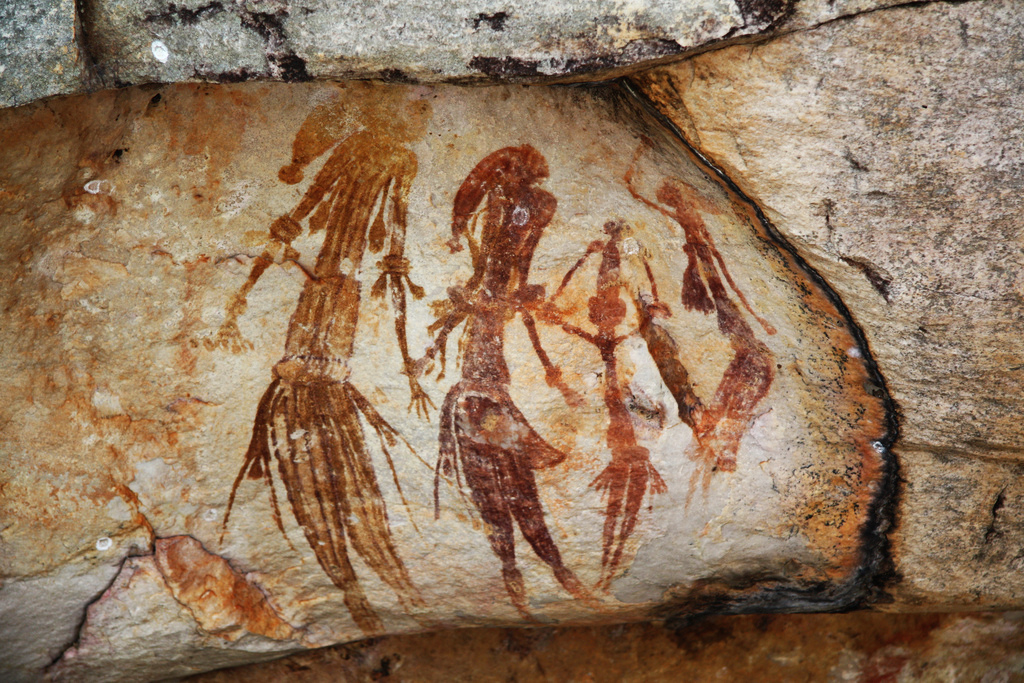This conference will focus on the changing relations between the environment and human experience and activities, the transformation of places and the practices of their signification over time, and the analysis of changing processes in the environment. Spaces in transition provide grounds for complex semiotic processes, which are also one possible focus of interest. The aim of the conference is to assemble the representatives of different fields of research to discuss the following topics:
PLACE and LOCATION. Environmental aesthetics has mainly treated the environment with respect to its spatial, synchronous aspect, regardless of time. The categories of landscape, milieu, view and panorama, as well as place and space have, therefore, been observed only as fixed conditions. One of the aims of this section, centred upon environmental aesthetics, is to challenge such points of view and to examine places in terms of the changing elements of the dynamic environment, as narrative nodes. Such forms of representation as literature and film can offer productive parallels here.
PLACES and PROCESSES. This section focuses upon the semiotic processes active in the creation and transformation of cultural environments, the semiosis of the location, and the temporal and spatial conditionality of the cultural environment. The concept of environment is not limited to its concrete forms of manifestation. On the one hand, attention is focused upon the notions of place, location and environment as the means of the semiotic analysis of human perception; on the other hand, semi-natural/semi-artificial types of environment are taken into consideration.
Signs of place and signs at a place cause us to review critically the relations between the meaning and the sign vehicle, the ways in which different interpretation practices and locations interconnect, and the relations between the signs and the context. Set in a temporal context, this approach facilitates the study of the accumulation or gradual erosion of meanings in a particular place, as well as the recognition of signs in the environment during different times.
The work of the sections “PLACE and LOCATION” and “PLACES and PROCESSES” will take place in Tallinn on September 23, and in Tartu on September 25-26. September 24 is a ’day of transition’, with an excursion and on-site presentations on the bus trip from Tallinn to Tartu organised for the conference participants. There will be an additional, closed sections titled “MONUMENTS in CHANGE” and “VISUAL CULTURE of SOCIALISM, Authentic and Reinterpreted”.
The working language of the conference is English. Each presentation will be given 20 minutes, plus 10 minutes for discussion. All lecture halls will be equipped with the multimedia projector, portable computer, overhead, and dia. To continue in the tradition of the earlier conferences entitled “Place and Location”, the proceedings of the conference will be published.
Program [pdf]
Abstracts [pdf]
Press release [pdf; in Estonian]
Organisers:
Research group of Cultural and Literary Theory
Department of Semiotics, University of Tartu
Estonian Semiotics Association
Supporters
Estonian Academy of Arts
Department of Semiotics, University of Tartu
British Council Estonia
Cultural Endowment of Estonia
The Ministry of Culture of the Republic of Estonia
